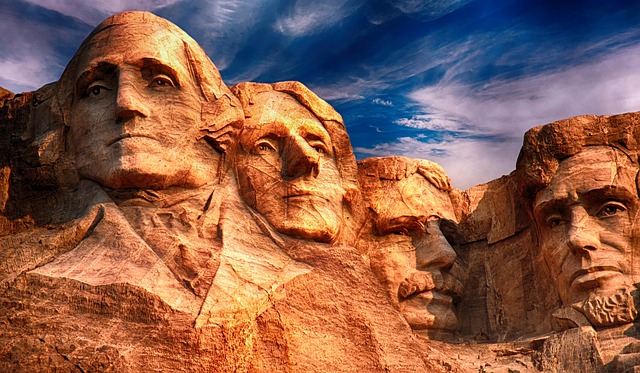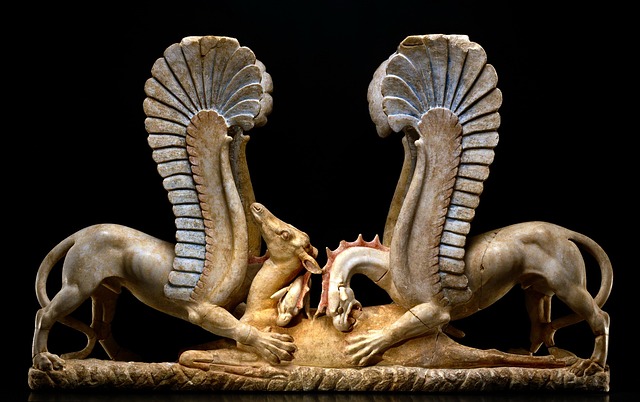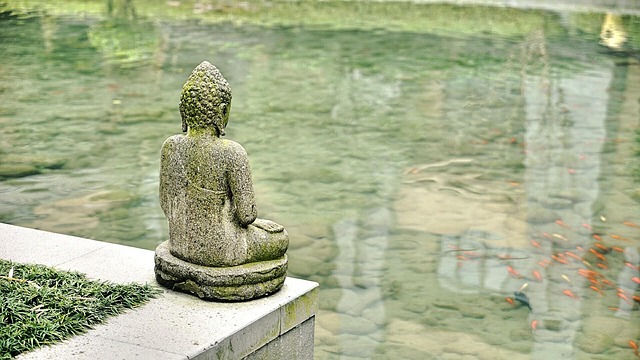The world of Fine Arts offers a vibrant tapestry that tells the stories of civilizations through the ages. Among the various forms of artistic expression, sculpture has held a prominent place in our cultural heritage, serving as a three-dimensional narrative of human experience. The history of sculpture is not merely an account of artisans crafting figures from stone or metal; it embodies the very essence of human emotion, societal values, and cultural evolution.
Sculpture serves as a profound medium that communicates ideas and beliefs across generations. From the majestic marble forms of ancient Greece, which celebrated the human form and athletic prowess, to the intricate carvings of Indigenous tribes that honor ancestral spirits, each sculpture encapsulates the spirit of its time. This rich diversity speaks to the interconnectedness of art and culture, revealing how sculptors have reflected and influenced their surroundings.
Interestingly, the practice of sculpture transcends mere physical representation. In many cultures, sculptures are imbued with symbolism, often serving religious or ceremonial purposes. Consider the awe-inspiring Easter Island statues—or Moai. These giants stood watch over their land, embodying ancestral figures that connected the people with their history. Such examples highlight how the history of sculpture plays a vital role in understanding cultural significance as it weaves narratives that resonate deeply with those who encounter them.
As we navigate through different epochs, it becomes clear that the evolution of sculptural techniques and materials reflects societal changes. The transition from clay to bronze, stone to mixed media, and the advent of contemporary practices reveal how artists continually push boundaries. Today, we see environmental concerns manifest in sculptural installations that challenge perceptions and provoke thought, reaffirming that sculpture remains a dynamic force in the art world.
Furthermore, the tactile nature of sculpture invites interaction that other art forms may not. The act of walking around a sculpture, observing it from various angles, allows for a more intimate connection. A sculpture can evoke feelings ranging from awe to introspection, serving as a mirror to our own experiences and emotions. This unique capability renders sculpture an invaluable part of artistic expression, deeply rooted in the cultural matrix of humanity.
In schools, galleries, and public spaces, sculpture continues to inspire future generations. Institutions around the world actively promote the appreciation of this art form, creating platforms for dialogue between artists and audiences. Each piece contributes to a larger cultural narrative, reminding us of the power of art to provoke discussions, bridge divides, and celebrate our shared humanity.
As we explore the intricacies of sculpture through time, we uncover not only the history of sculpture but also the timeless influence of art on culture. Each piece stands as a testament to the creativity and resilience of humanity, urging us to reflect on our past and envision our future.



